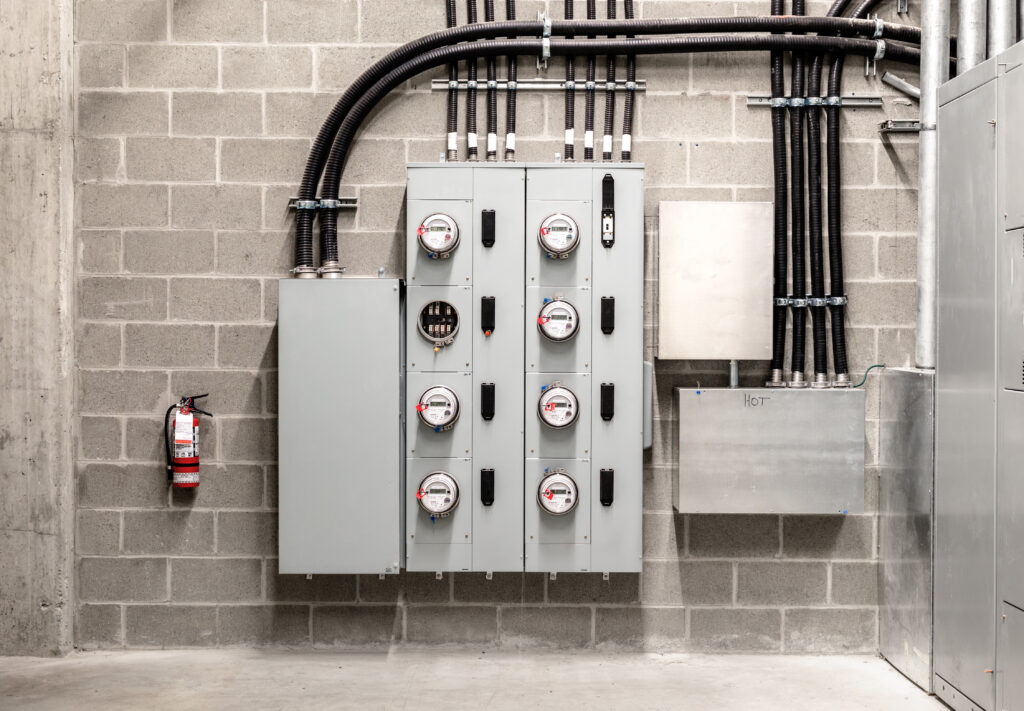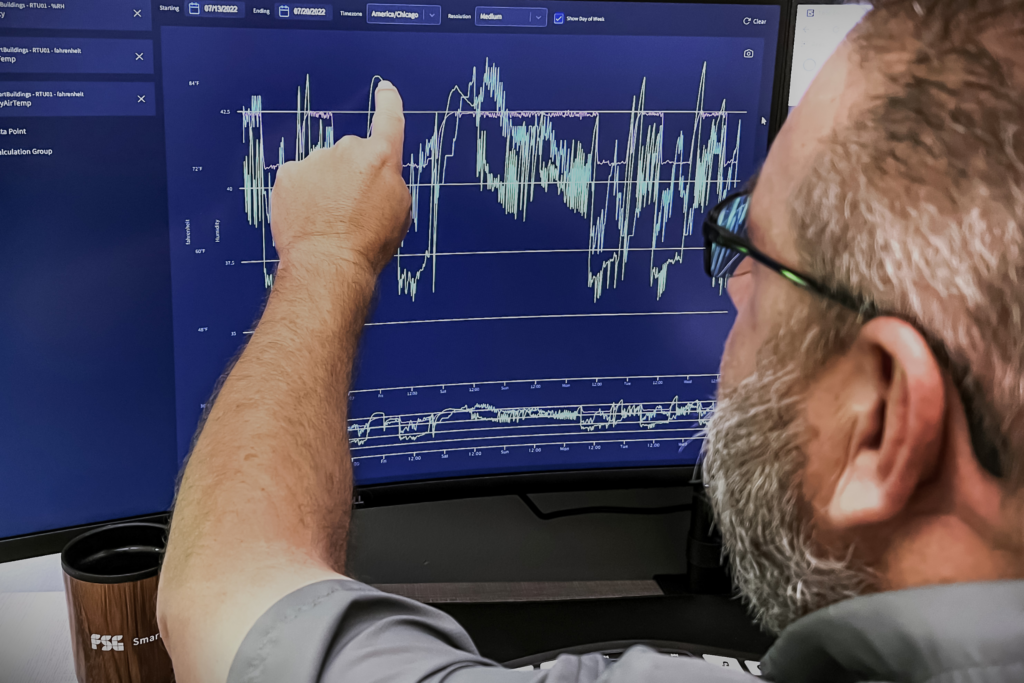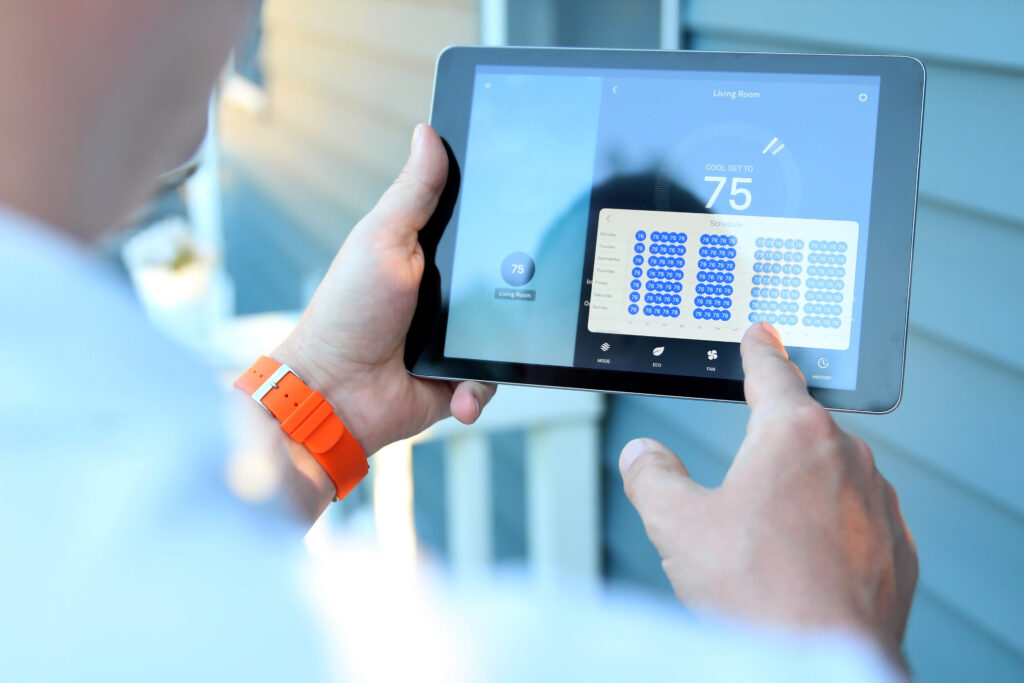Smart Buildings Blog
The latest on all things commercial building automation, energy management, and IoT
Building Automation Systems Are Key to Efficient Facility Management

Facility managers responsible for multi-site operations understand how important it is to find ways to reduce energy consumption and minimize maintenance costs in commercial buildings. Building Automation Systems (BAS) offer facility managers and business owners the best opportunity to achieve these goals.
What is a Building Automation System (BAS)?
BAS is a computer-based control system that automates and controls building systems such as HVAC and lighting. This technology is almost essential for modern commercial buildings – especially for multi-site retail businesses – as it offers numerous benefits, including energy efficiency, lower maintenance costs, and remote monitoring.
Let’s look at some of the benefits of BAS and some of the reasons why commercial facility owners should implement this technology today.
Energy Efficiency
Energy efficiency is the most immediate and significant benefit of BAS. The numbers simply do not lie. The system can monitor a building’s energy consumption and optimize energy usage in real-time, resulting in dramatically lower utility bills.

As an example, consider what BAS can do for temperature control. BAS can automatically adjust the temperature of a room based on occupancy or outside temperature. It can also turn off lights in unoccupied areas, adjust lighting levels based on the amount of natural light, and regulate airflow to maintain comfortable temperatures while minimizing energy consumption.
BAS can also monitor a building’s energy usage over time and provide valuable insights into areas that consume the most energy. Facility managers can then use this information to identify opportunities to further reduce energy consumption.
For instance, facility managers can use BAS to detect and correct issues such as poor airflow and inadequate supply air temperatures, which can result in energy waste. By using BAS to identify and fix these problems, facility owners can save money on energy bills while reducing their carbon footprint.
Lower Maintenance Costs
Maintenance costs are sometimes less obvious than energy costs, but they definitely add up! BAS can help reduce maintenance costs in commercial buildings by detecting issues before they get serious and automatically alerting building managers about the problem.
For example, if a sensor detects a malfunctioning HVAC unit, the BAS system can send an alert to the building manager’s smartphone, allowing for immediate corrective action that is much faster, easier, and less expensive than a system replacement. This proactive approach to maintenance can help prevent costly breakdowns and extend the lifespan of critical building systems.
From an operations point of view, BAS can automate routine maintenance tasks, such as recording and logging temperatures. By automating these tasks, building managers can free up their time to focus on more pressing issues.
BAS takes the maintenance function from a reactive, crisis-mode endeavor and transforms it into a smarter, more proactive, and much less expensive operation.

Remote Monitoring
Remote monitoring is another key benefit of BAS. With remote monitoring, building managers can access real-time data on a building’s systems from anywhere, at any time. This feature is especially useful for facility owners who manage multiple properties or have a large facility with multiple buildings.
With remote monitoring, building managers can use BAS to monitor the energy usage of different buildings remotely and identify which properties are consuming the most energy. This allows them to take corrective action exactly where they need to, and not “overcorrect” an issue leading to unintended consequences.
Remote monitoring can also help building managers respond quickly to issues. For example, a BAS system detecting a malfunctioning refrigeration unit in a remote building can automatically notify the building manager, who can quickly send a maintenance team to fix the issue before it becomes a more significant problem.
Finally, remote monitoring helps building managers optimize a building’s systems from anywhere. With BAS, they can adjust HVAC settings or turn off lights in unoccupied areas remotely. This feature helps building managers save time and money by reducing the need for on-site visits.
BAS is the Key to Multi-Site Operating Success
Today, Building Automation Systems are essential for building owners looking to maximize returns by tightly controlling operating and maintenance costs. To review the largest benefits of BAS for facility owners, remember this:
- BAS can optimize a building’s energy usage in real-time, resulting in significant energy savings.
- By automating routine maintenance tasks and detecting issues before they become more significant problems, BAS lowers maintenance costs and extends the lifespan of building systems.
- Remote monitoring capabilities allow building managers to access real-time data on a building’s systems from anywhere, improving their ability to respond quickly to issues.

More from the Blog

The Benefits of Native Integration and Thermostat Control
The Benefits of Native Integration and Thermostat Control
HVAC native BAS (Building Automation System) integration control refers to the seamless integration of HVAC (Heating, Ventilation, and Air Conditioning)…

Turning ESG Goals into Documented Wins with Building Automation
Turning ESG Goals into Documented Wins with Building Automation
The Evolution of Investing For as long as people have been investing in companies, companies have been aware that keeping…

Optimizing IoT Networks for Your Facility
Optimizing IoT Networks for Your Facility
The Internet of Things (IoT) has been rapidly gaining popularity over the past few years and for good reason. It…
